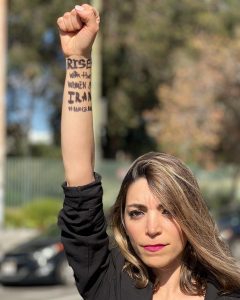
Today we’d like to introduce you to Shaghayegh Cyrous.
Hi Shaghayegh, please kick things off for us with an introduction to yourself and your story.
I am an Iranian-American multidisciplinary artist born and raised in Tehran, Iran, and currently based in Los Angeles. My work has dealt with the experience of cross-cultural communication and translation, addressing predicaments of estrangement and distance caused by political and cultural power dynamics. Through my work, I seek to bridge distances and build opportunities for creating a poetic space for experiencing moments and feelings and provoking thoughts between people who are the victims of political decisions.
In Iran, I started by studying Science; later, I transitioned to Graphic Design and Fine Art and got an undergraduate degree in Painting for my undergrad at the University of Science and Culture in Tehran. After the Green Movement in 2009 and graduating in 2010, I moved to San Francisco, where I got introduced to Social Practice and earned my Master of Fine Arts at California College of the Arts.
Can you talk to us a bit about the challenges and lessons you’ve learned along the way. Looking back would you say it’s been easy or smooth in retrospect?
Besides living in Iran and all the challenges that I faced as a woman in a country where women are not allowed to sing, dance, or wear color, moving to the U.S. was, for sure, one of the most prominent challenges in my life. Being away from my family for ten years and not being able to see them is difficult! But at the same time, it helped me to understand the pain of so many refugees like me who didn’t choose to live apart from everything they love. Therefore, I try to use my Art as a healing tool to create awareness, tell stories, or convey the feelings of a marginalized community who are not often comfortable sharing the pain and challenges they face daily and how they overcome those challenges. It is vital to share these stories because they were grown as a result of political decisions that directly or indirectly changed the lives of so many people.
Through my Social Practice background, I gather anyone with similar challenges to learn from one another, create a safe space, and build a stronger community. Storytelling is essential as we can educate ourselves about it as everyone has a different experience but with the same feelings. I tell my story with the hope of inspiring others to speak up and not feel isolated, and hopefully, by sharing such stories, understand what our community is facing locally and globally and create solutions and changes.
Thanks – so what else should our readers know about your work and what you’re currently focused on?
My works incorporate interactive and solid time-based strategies such as multimedia installation, video, live video chats, performances, photography, and painting to create poetic spaces and opportunities for human connection with each other and within their inner self. One of my focuses is on the compression of time and space resulting from digital technologies and how digital media plays a critical role in human life. How our bodies are experiencing to live between virtual and physical reality, being in various places at one moment, and how the present moment, the past, and the future can be manipulated between these spaces. Recently all my focus and energy has been towards Iran and Woman, Life, Freedom movement that is raising by our younger generation in Iran and how I, as an artist here, can be the voice and amplify the movement.
I also founded the Zamin Project, which aims to connect the Southwest Asian / North African art community that started in the bay area and expanded beyond. As a Yerba Buena Center for the Arts (YBCA) Fellow, I participated in Creative Dissent led by artist and activist Tania Bruguera and contributed to Suzanne Lacy’s exhibition, “We Are Here.” I was a Gold Art Prize nominee and had exhibited and performed internationally at venues such as Tehran MOCA, British Museum in London, Asian Art Museum in San Francisco, Anchorage Museum in Alaska, Salesforce tower in San Francisco, Netflix Invisible Frame Billboard, City of West Hollywood.
Can you talk to us about how you think about risk?
I have taken risks so many times throughout my life. Two major ones were: One, in Iran, when I decided to change my field of study from Science to Art. Back then, it was a huge risk in Iran as the society, and my family did not understand the value of art and how it could be impactful. They thought it was a waste of my time and would destroy my future. The second time was when I decided to leave Iran and my family and move to San Francisco and California. I couldn’t see my family in the past years, and starting over with a new language, culture, and system took a lot of work. Both risks helped me to grow and learn so much. It helped me see a different perspective on life, learn from people from diverse backgrounds and learn how they see life, identify challenges and find solutions.
Contact Info:
- Website: https://www.shcyrous.com/
- Instagram: https://www.instagram.com/shaghayeghcyrous/
- Facebook: https://www.facebook.com/shcyrous/
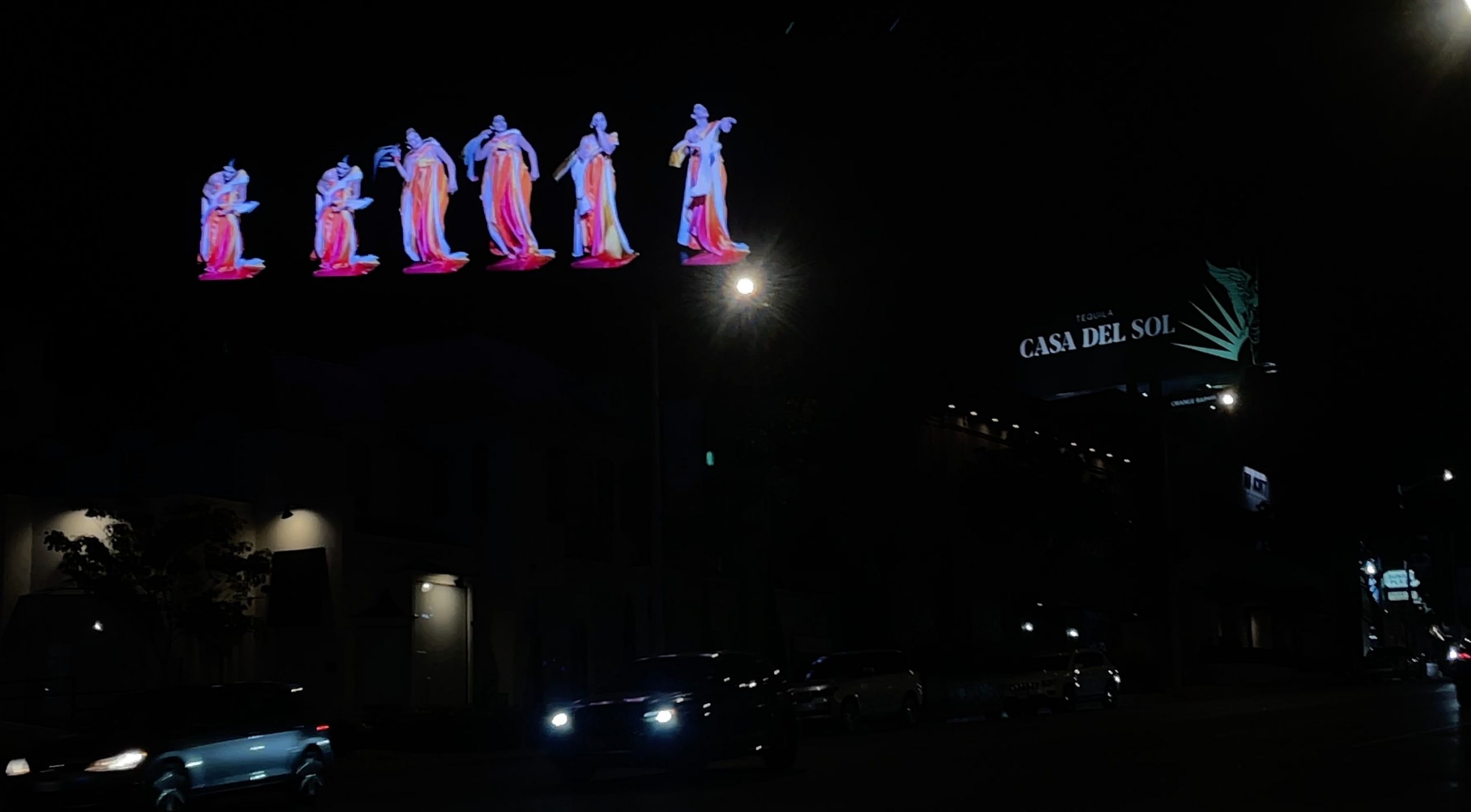

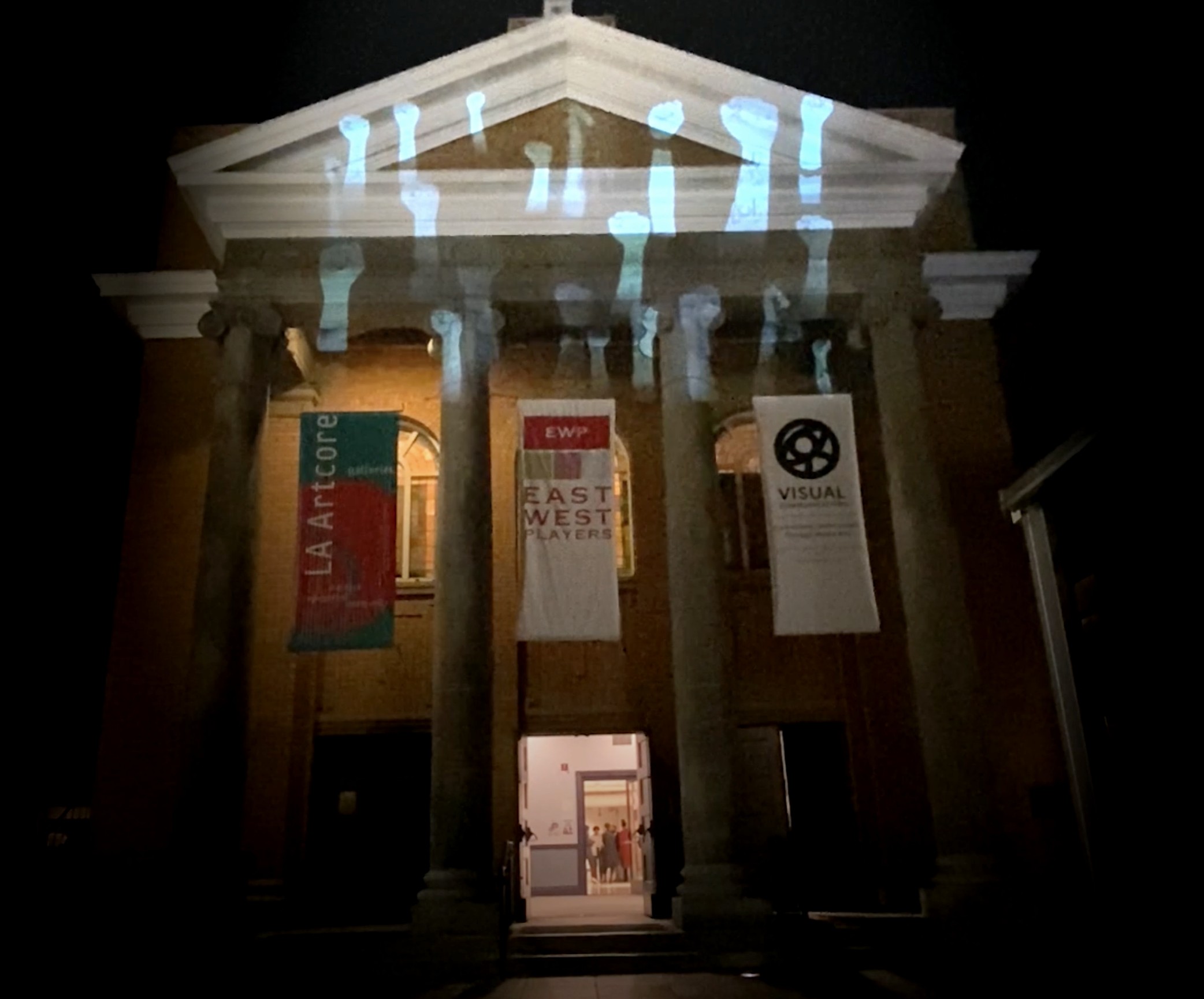
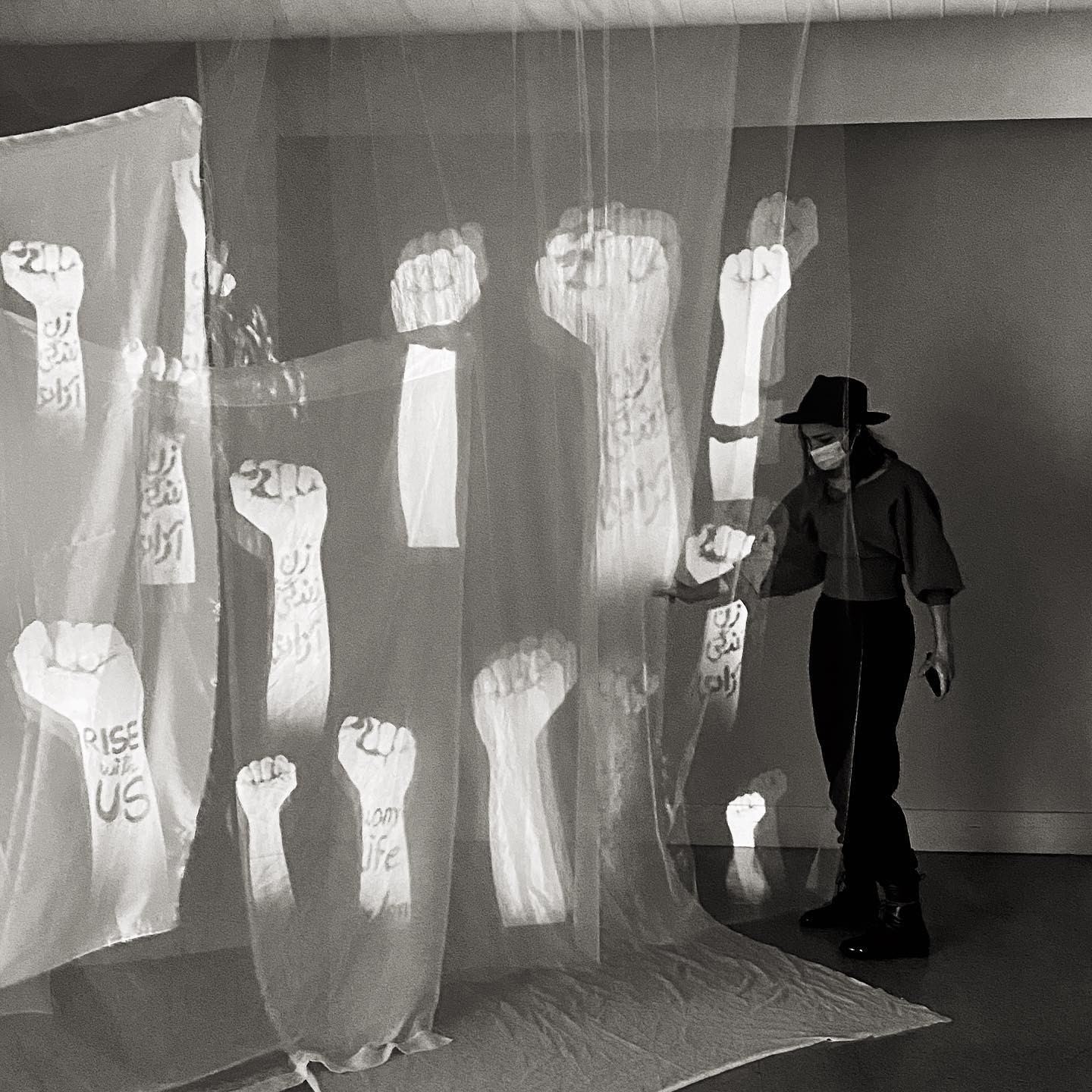
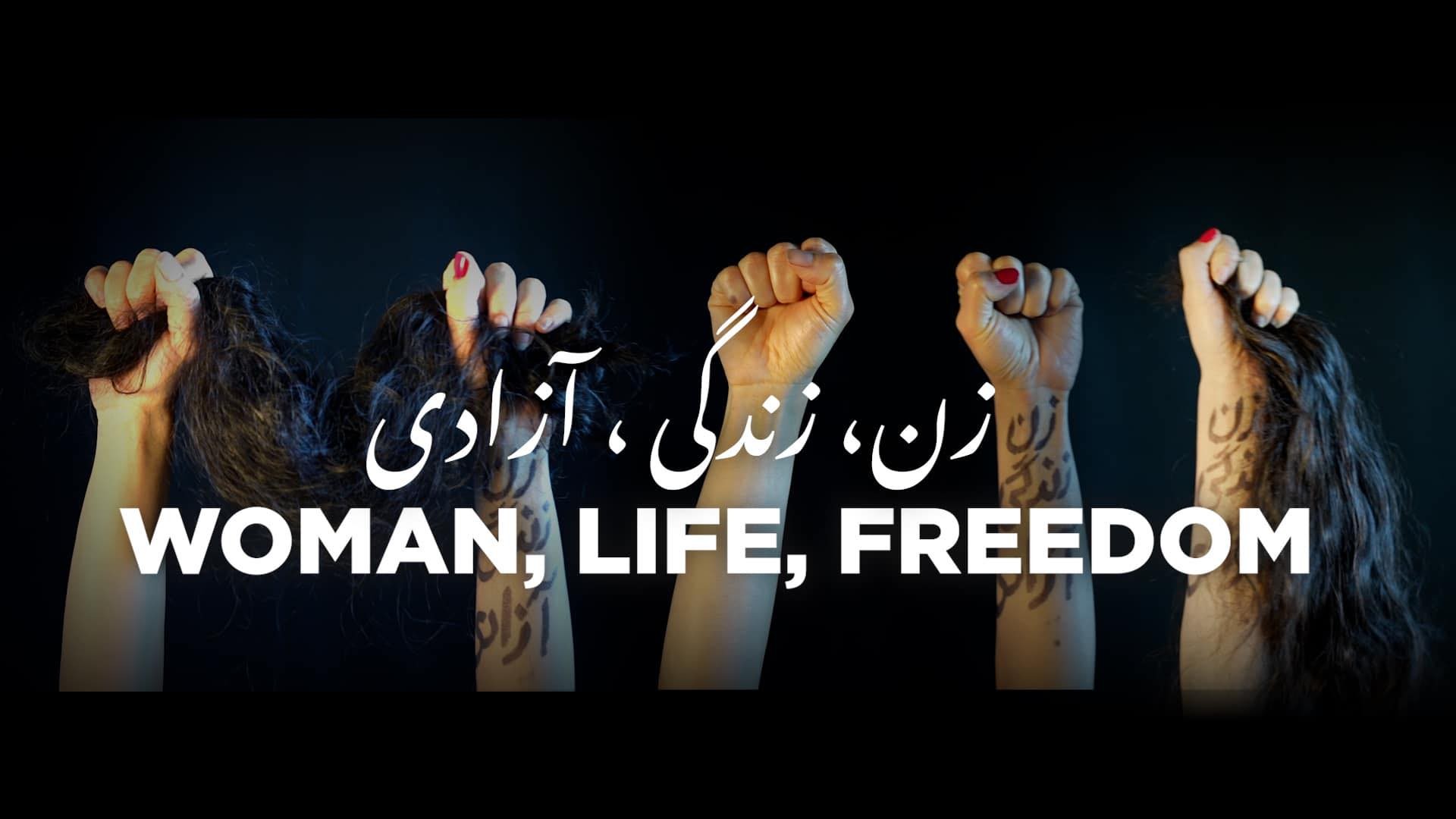
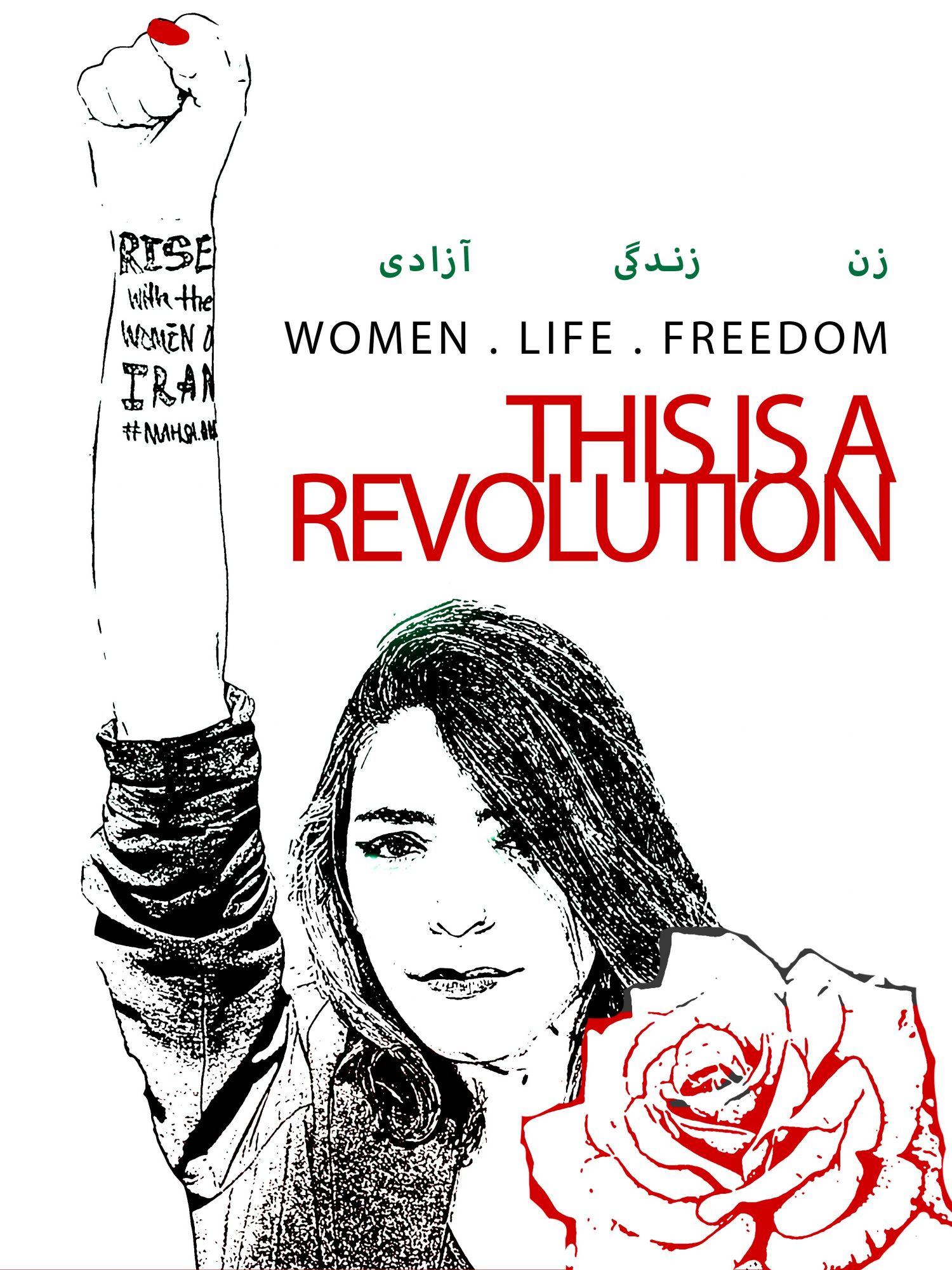
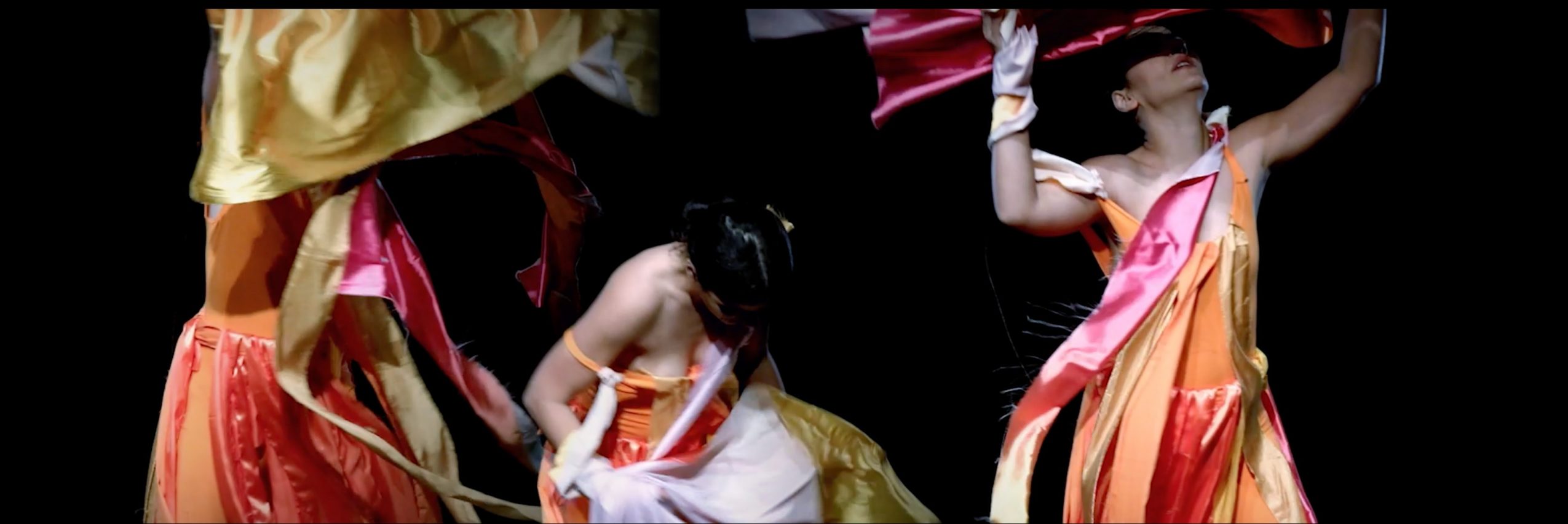
 Image Credits
Image Credits
Shaghayegh Cyrous Arsames Qajar Aisan Hoss














